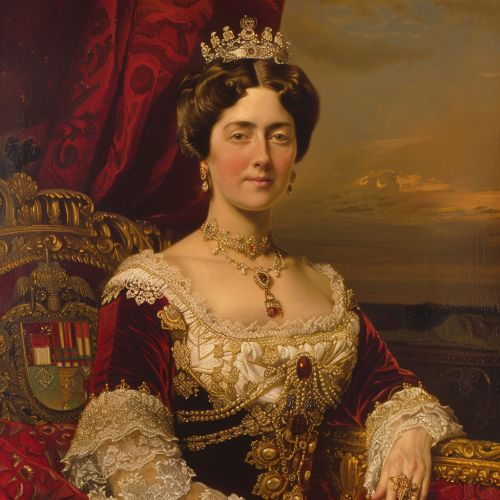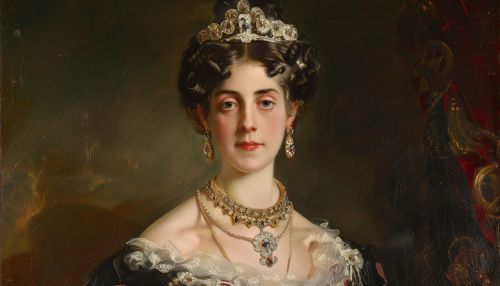Helena (empress)
Early Life
Helena was born in the mid-3rd century, possibly in Drepana, Bithynia in Asia Minor. Her father was a tavern owner. Helena's early life was presumably ordinary and uneventful. She married the future Roman Emperor Constantius I, and they had a son, the future Emperor Constantine I.
Marriage to Constantius
Helena's marriage to Constantius took place in 288 AD. Constantius, a military officer at the time, was appointed as Caesar by Emperor Maximian in 293. Helena and Constantius were then compelled to divorce in 294 so that Constantius could marry Maximian's stepdaughter, Theodora. Despite the divorce, Helena remained close to her son, Constantine.


Constantine's Ascension to the Throne
Constantine became Emperor in 306 following the death of his father. Helena was then elevated to the rank of Augusta. She was revered and respected by the public and was given her own court, which was funded by the state.
Christian Pilgrimage
In her later years, Helena made a pilgrimage to the Holy Land. She was responsible for the construction of two churches, the Church of the Nativity in Bethlehem and the Eleona on the Mount of Olives, places of Christ's birth and ascension respectively. Helena's pilgrimage and her Christian devotion played a significant role in the promotion of Christianity in the Roman Empire.
Death and Legacy
Helena died around 330, with her son at her side. She was buried in the Mausoleum of Helena on the Via Labicana. Her sarcophagus is on display in the Pio-Clementine Vatican Museum. Helena's legacy is significant in both Western and Eastern Christian traditions. She is commemorated as a saint in the Eastern Orthodox, Oriental Orthodox, and some Lutheran churches.
